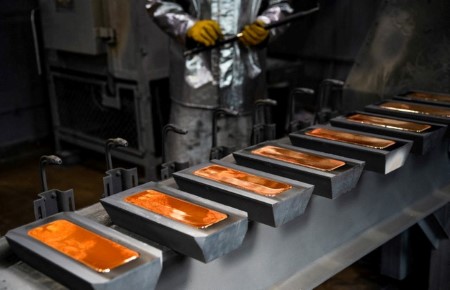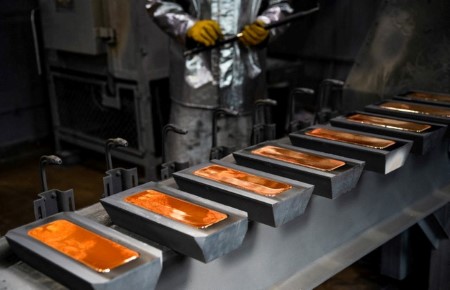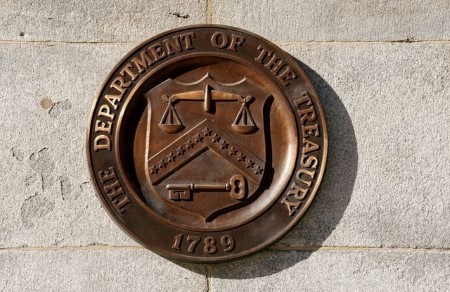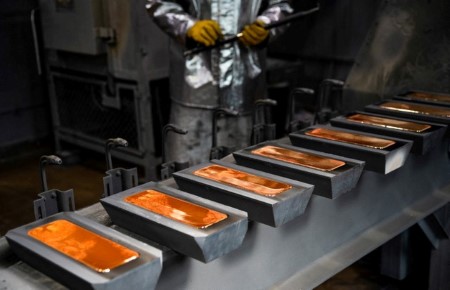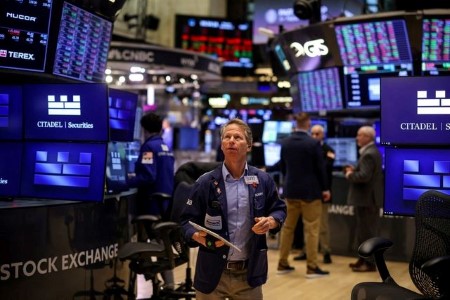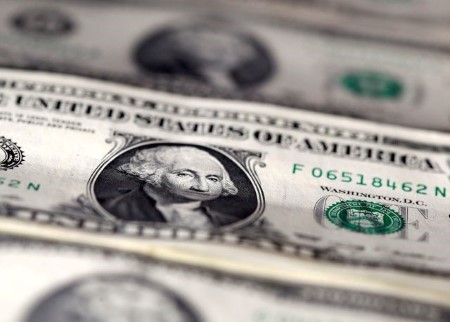Gold edged lower on Friday after hitting a more than seven-week high in the previous session, as investors booked profits, while silver surged to yet another all-time peak on Thursday.
FUNDAMENTALS
* Spot gold dipped 0.2% to USD 4,277.64 per ounce, as of 0029 GMT.
* US gold futures for February delivery was down 0.1% at USD 4,307.80 per ounce.
* The US dollar plummeted to an eight-week low in the previous session, making greenback-priced gold more affordable for overseas buyers.
* The Fed delivered its third-consecutive 25-basis-point rate cut for the year in a deeply divided vote on Wednesday, but signaled that further cuts were unlikely as it waits for clearer signs on a softening job market and inflation that “remains somewhat elevated”.
* The number of Americans filing new applications for unemployment benefits increased by the most in nearly 4-1/2 years last week, but the surge likely does not suggest a material weakening in labor market conditions.
* A majority of US central bankers expect they will need to cut short-term interest rates next year, but in an unprecedented move for the Fed, six policymakers indicated they didn’t support even Wednesday’s quarter-point cut.
* Fed Chair Jerome Powell also declined to offer any guidance on whether another cut is likely in the near term.
* Non-yielding assets such as gold tend to perform well in low-interest-rate environments.
* Investors now await the monthly US non-farm payrolls report, set to be released on December 16, for fresh cues on the Fed’s policy path.
* India’s pension regulator on Wednesday issued revised investment rules for the country’s pension funds, permitting investments in gold and silver exchange-traded funds.
* Meanwhile, spot silver fell 0.5% to USD 63.31/oz after scaling a record peak of USD 64.31 on Thursday. Year-to-date, prices have surged 119%, supported by rising industrial demand, falling inventories, and the metal’s entry into the US critical minerals list.
* Elsewhere, platinum lost 0.2% to USD 1,691.45, while palladium fell 0.5% to USD 1,476.5.
| DATA/EVENTS (GMT) | |
| 1400 | GERMANY HICP FINAL YY 12 Nov |
| 0745 | FRANCE CPI (EU NORM) FINAL MM Nov |
| 1445 | FRANCE CPI (EU NORM) FINAL YY Nov |
| 1445 | FRANCE CPI YY NSA Nov |
| 1445 | FRANCE CPI MM NSA Nov |
| 1500 | UK GDP Est 3M/3M Oct |
| 1500 | UK GDP Estimate MM Oct |
| 1500 | UK GDP Estimate YY Oct |
| 1500 | UK Services MM Oct |
| 1500 | UK Services YY Oct |
| 1500 | UK Manufacturing Output MM Oct |
(Reporting by Ishaan Arora; Editing by Rashmi Aich)







 DOWNLOAD
DOWNLOAD




